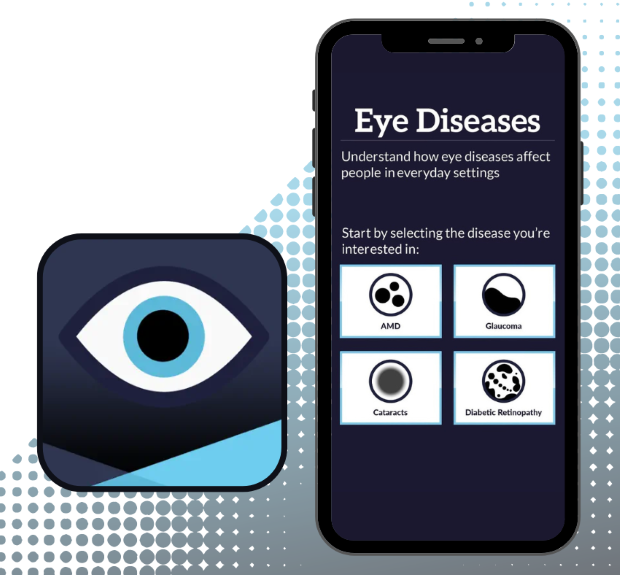
Last updated on May 31st, 2024 at 07:06 pm
Glaucoma is the name for a group of diseases that can damage the optic nerve in the eye. Glaucoma usually happens when the fluid pressure inside the eyes slowly rises and increases pressure inside the eye. About 3 million Americans have glaucoma, and it’s the second-leading cause of blindness worldwide.
If you have glaucoma, you may not have symptoms right away. But over time, you may slowly lose your peripheral (side) vision. It may seem like you’re looking through a tunnel. Over time, your central (straight-ahead) vision may decrease until you eventually lose your ability to see.
An eye exam can determine whether you have glaucoma. Your eye doctor will give you eye drops to dilate, (to widen your pupils) so the eye doctor can better see inside your eyes. They will also check your side vision.
People ages 60 and older, especially Hispanic and Latino people, are at higher risk for glaucoma. Black people older than 40 and anyone with a family history of glaucoma are also at higher risk for the condition. The National Eye Institute (NEI) recommends getting a comprehensive dilated eye exam every one to two years if you are higher risk.
What are the types of glaucoma?
There are many different types of glaucoma, but the most common in the United States is open-angle glaucoma. Some other types are angle-closure glaucoma and congenital or pediatric glaucoma, which babies can be born with. Cataracts and tumors can also cause glaucoma, but this is less common.
How is glaucoma treated?
There is no cure for glaucoma, but treatments can control it. Prescription eye drops and laser treatments can reduce eye pressure. If these don’t work, your doctor may recommend surgery. Specific treatments depend on the type of glaucoma.
Recent glaucoma research highlights
NEI supports many different research studies and clinical trials to better understand glaucoma.
Study: Is eye pigment connected to glaucoma?
Researchers followed 379 women for 15 years and found that less pigment in the macula of the eye may be an early warning sign of glaucoma. The macula is in the back of the eye and gives you clear central vision. Currently, glaucoma screenings only measure pressure inside the eye. But the condition can also happen in people with normal pressure in their eyes. The researchers suggested that eating foods rich in certain antioxidants can boost your macular pigment. These include foods like egg yolk, corn, red seedless grapes, carrots, squash, dark leafy greens, and broccoli.
Study: Can your metabolism help spot glaucoma?
Scientists are studying small molecules called metabolites to find out whether they can predict your risk of developing glaucoma. Metabolites form during metabolism, which is the process your body uses to break down nutrients in food or medicine. Researchers examined metabolites in blood samples from about 1,200 study participants. Those with higher levels of certain fats in their blood were more likely to develop glaucoma. If scientists can spot people at higher risk of glaucoma based on their metabolic profile, it could help doctors spot the disease before vision is completely lost.
See what it’s like to have glaucoma…with your phone!
Users can download the NEI VR: See What I See smartphone app from the App Store or Google Play.
The NEI-VR: See What I See smartphone app uses virtual reality to demonstrate what the world looks like with glaucoma. The free app also has quizzes to test your knowledge about glaucoma and other eye diseases. Download the app through your device’s app store. Disclaimer: The NEI-VR: See What I See mobile application does not currently comply with the Web Content Accessibility Guidelines.

